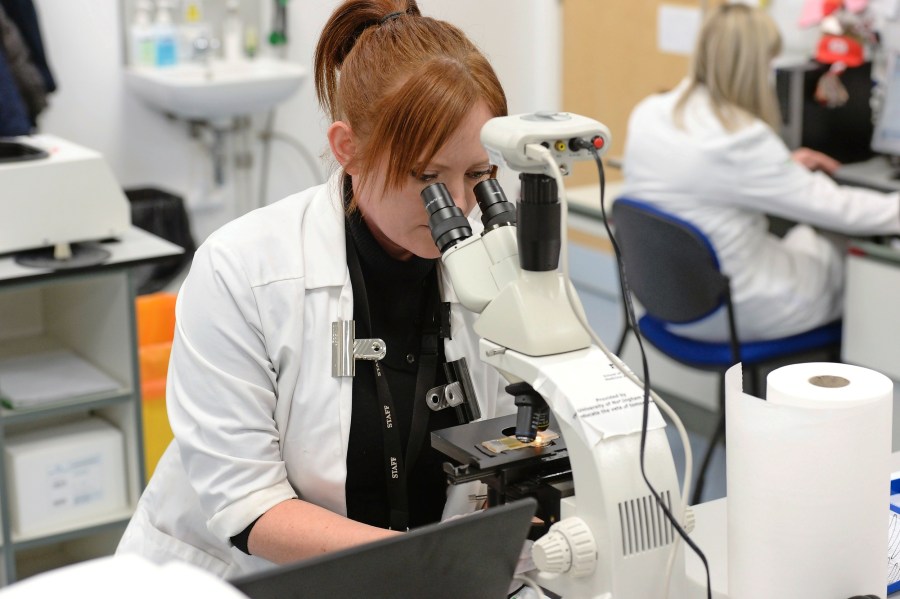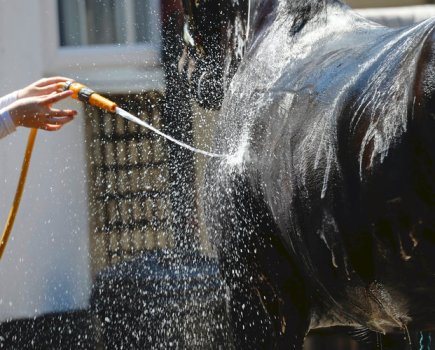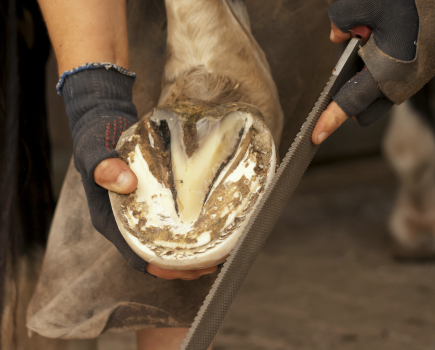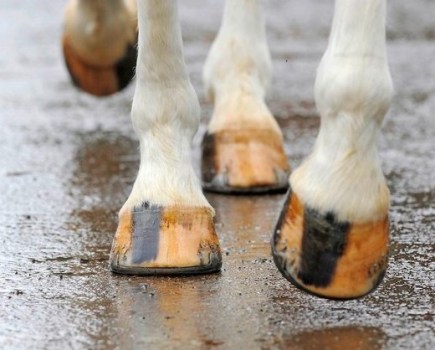The days of blanket worming horses on a yard without testing first are long gone — now every horse owner has a responsibility to test for worms first in order to fight growing resistance to worming drugs, which is a growing and serious threat to horse health around the world.
Faecal worm egg counts (FWEC) are a particularly important part of this process.
The strategy of carrying out this test and only administering a wormer when faecal worm egg counts reach a certain level means you can specifically target horses who need it rather than wasting the drugs (and your money).
It’s not only more effective and better for your horse’s health in the long run, but it will save you a lot of money and helps to fight resistance in worms.
Worms it can detect
It is important to understand that faecal worm egg counts can only detect the presence of eggs in the horse’s droppings.
FWEC’s are limited to detecting small redworm, large redworm and large roundworm.
So even if you get a low egg count reading, your horse may be harbouring a high and potentially fatal number of larvae, which don’t produce eggs.
Other tests
Saliva testing is available to check for tapeworm in the spring and autumn.
Only a blood test can detect encysted small redworm larvae, which can cause significant health problems when they emerge from the gut wall.
Speak to your vet to make sure you are testing for all the necessary worms at the right time.
Poo picking paddocks regularly, not over-grazing land, and testing new horses on the yard before they share fields with other horses are other important aspects of worm control.
How a FWEC works
For a faecal worm egg count to be carried out, you must supply a fresh poo sample from your horse.
Place the sample (about a golf ball size of poo) into a small plastic bag (or the sample bag if you have purchased a sample kit) that is clearly labelled with the horse’s name on, as well as your own.
If you are testing multiple horses, make sure you are certain it is their droppings you’re taking a sample from by removing from their stable, rather than a shared field.
Take the sample into your veterinary practice, if they offer a testing service.
Samples can also be sent by post for testing. PooPost is one example; Westgate Labs also provide this service. So does Mole Online.
Hadrian Equine sells faecal worm egg count kits, as well as test kits for tapeworm and pinworm.
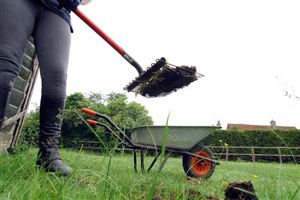
At the lab
When your horse’s sample arrives at the lab, this is what happens:
STEP 1: First 3g of faecal sample is weighed out and then diluted with 42ml of saturated salt solution.
STEP 2: Using a pestle and mortar the sample is ground up with the solution. The solution acts as a ‘floatation medium’ (translation: something for the eggs to float to the top of!)
STEP 3: Next the solution is sieved using a tea strainer. This removes all the debris leaving just the liquid and eggs (if there are any).
STEP 4: With a pipette, the solution is put into a McMasters Chamber, a small device broken up into counting chambers. These chambers are used as a guide to work out how out how many eggs there are in the sample.
STEP 5: Finally the solution can be looked at under a microscope. If eggs can be seen in the chambers they’re counted then multiplied by 50 to get the total egg count.
For example, if there are eight eggs in the two chambers that gives you a worm count of 400 eggs per gram which indicates that the horse needs worming.
Test results
Horses that pass between zero and 200 eggs per gram (EPG) of poo are considered low risk and don’t require treatment with a worming drug.
Egg counts between 201 and 500 are moderate, and you will be advised to treat with a targeted wormer.
Worm egg counts over 500 are high risk and treatment is required urgently.
Consult your vet for advice about the most appropriate drug to treat your horse with. Remember that they don’t all treat the same worms, so you must buy accordingly.
A few weeks after treating, do another faecal worm egg count to make sure treatment has been effective.
Main image © Shutterstock

